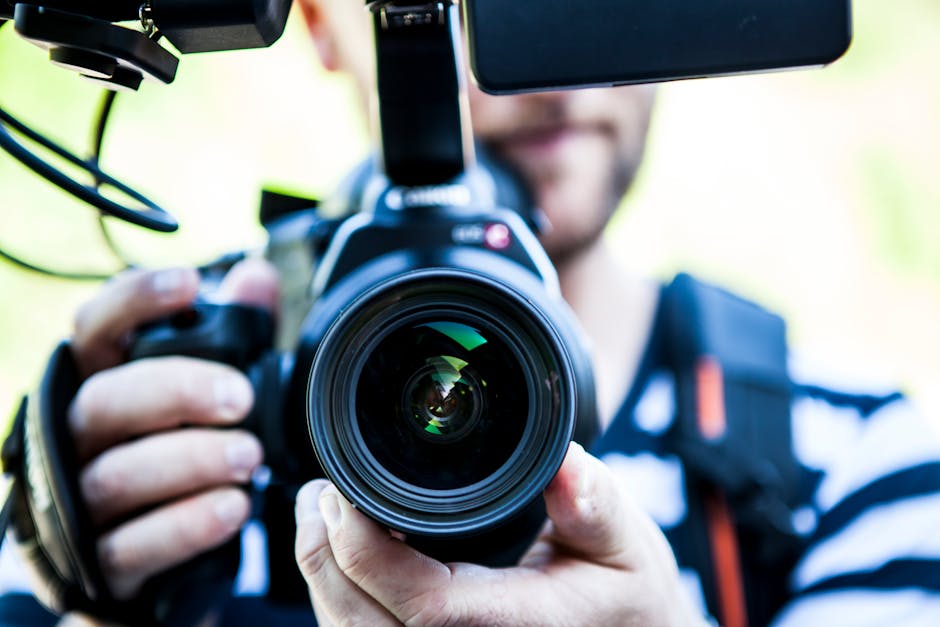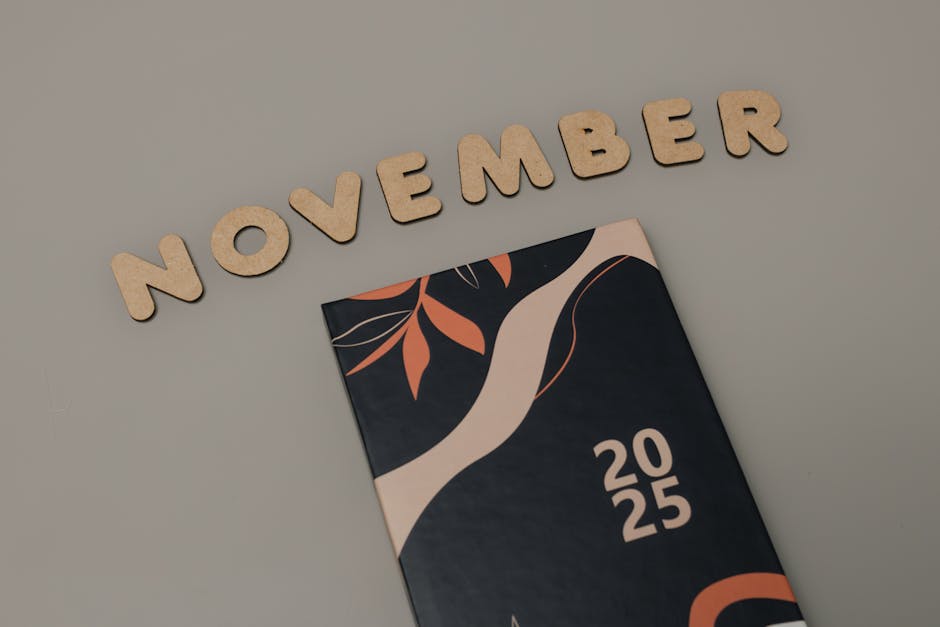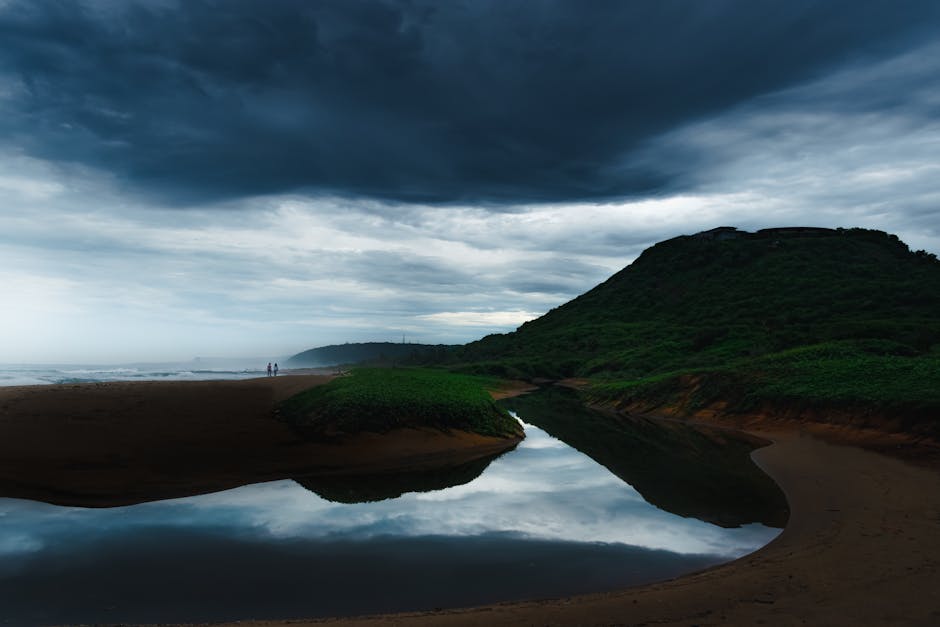The Digital Archive Under Threat
In the digital age, a smartphone video can be the most powerful tool for the powerless. A shaky, handheld recording can cut through state-sponsored narratives, offering a raw, unfiltered glimpse into reality. For years, activists, journalists, and citizens in Palestine have used platforms like YouTube to create a vast, user-generated archive of their experiences. But what happens when that platform becomes the arbiter of truth?
A chilling report from digital rights watchdog Mnemonic alleges that YouTube quietly erased more than 700 videos documenting Israeli human rights violations over the past two years. This wasn’t a single, transparent purge, but a slow, steady culling of content that activists and human rights organizations say is crucial evidence.
Why Were 700+ Videos Erased?
The removed videos reportedly ranged from footage of violent altercations at West Bank checkpoints and civilian home demolitions to personal testimonies of families affected by airstrikes in Gaza. These are not slick propaganda pieces; they are often grainy, chaotic, and deeply distressing—and that is precisely their value.
For organizations like Amnesty International, Human Rights Watch, and even the International Criminal Court, such user-generated content is a vital tool for corroboration and investigation. When these videos disappear, so does a key part of the public record.
YouTube’s official stance would likely point to its Community Guidelines, which have strict rules against graphic violence and hate speech. However, critics argue this creates a dangerous paradox. The very rawness that makes these videos credible evidence is the same trait that flags them for deletion by an algorithm that lacks human nuance. Is a video showing the aftermath of an attack prohibited “graphic content,” or is it evidence of a potential war crime that must be preserved? By defaulting to removal, YouTube is accused of sanitizing the reality of the conflict.
A Global Precedent for Digital Censorship
The pattern of digital censorship should be a global alarm. In places like India, we have seen how social media platforms can be pressured to control narratives, whether during farmer protests or internet shutdowns in Kashmir. The question of who controls the digital public square is one of the most pressing of our time. When a handful of Silicon Valley companies hold the power to decide what the world sees of a conflict, they are no longer neutral platforms. They become powerful geopolitical actors.
The quiet nature of these removals is perhaps the most unsettling part. Without public announcements, it falls to under-resourced activists to track these digital disappearances. This isn’t just about one conflict; it’s about a dangerous precedent. If evidence of human rights abuses can be erased under the benign label of a “community guideline violation,” then no truth is safe.
Who Guards the Digital Record?
As the digital square replaces the public square, the fight is not just for the right to speak, but for the right to be seen. As these 700+ videos vanish into the digital ether, we must ask: who is guarding the archive of our collective history? And more importantly, who gave them the right to press delete?




